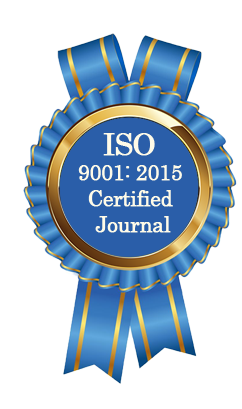| All | Since 2020 | |
| Citation | 105 | 60 |
| h-index | 4 | 4 |
| i10-index | 3 | 2 |
WJAHR Citation 
Login
News & Updation
Best Article Awards
World Journal of Advance Healthcare Research (WJAHR) is giving Best Article Award in every Issue for Best Article and Issue Certificate of Appreciation to the Authors to promote research activity of scholar.
Best Article of current issue
Download Article : Click here
Indexing
Abstract
SOURCES OF MEDICAL INFORMATION AMONG THE PHC S’ ATTENDANTS IN MOSUL.
*Dr. Waleed Hamed Khudhur, Dr. Muayad Fathi Mahmood and Dr. Oday Noori Mohammad
ABSTRACT
Background: Few studies have evaluated the degrees to which various types of health information sources are associated with disease preventive and screening practices . Because different socioeconomic and demographic groups use specific information sources to varied degrees , it is important to determine if specific classes of health information sources are more effective than others in promoting health behaviors. Aim of the study: To examine and compare the socio-demographic characteristics and the preference of different sources of health information among the present study sample. Patients and Methods: A cross-sectional study design was adopted and included 2492 participants who attended to PHC in Mosul city during period from 1st November to 31st December 2022. The data were collected using a researcher-administered questionnaire during the direct interview. Results: The most frequent source was the social media followed by TV-channels and the least was display screens. Those with age below 45 years were higher compared to other groups for all sources. Males were significantly more frequent than female in radios, social media, work places, and places of worships. According to educational levels, significant differences were found for the sources of information apart from the direct counseling. The secondary level of education was the most frequent in all the sources. The housewives had the most frequencies in lectures, direct counseling, TV-channels, and family/friends. The employee had higher frequencies in posters/folders, display screens, and work places. The freelance had higher frequencies in Radios, social media, and places of worships. The married participants showed the higher frequencies in all sources. The participants lived in urban showed the higher frequencies in all sources. Conclusion: Social media and TV-channels found to be the most frequent source for the health information among the present study sample. It is found that younger age group, male gender, higher education, married, who lives in urban areas were the more frequent seeker for the health information.
[Full Text Article] [Download Certificate]
